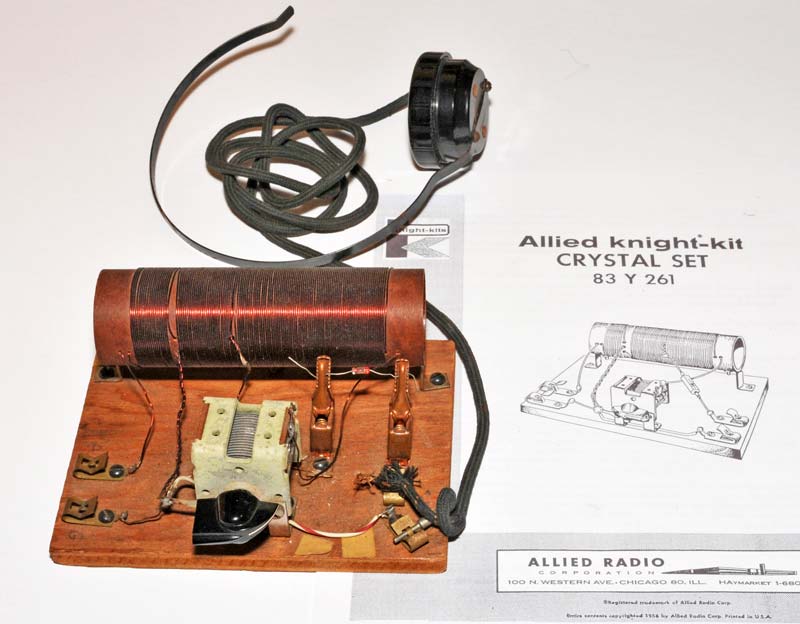

Predators: Tend to be at the top of the food chain. Though they lack the vocal folds of mammals and the syrinx of birds, crocodilians can produce vocalisations by vibrating three flaps in the larynx.

While the brain of a crocodilian is fairly small, it is capable of greater learning than most reptiles. The tongue cannot move freely but is held in place by a folded membrane. The well-developed trigeminal nerve allows them to detect vibrations in the water (such as those made by potential prey). When above water, crocodiles enhance their ability to detect volatile odorants by gular pumping, a rhythmic movement of the floor of the pharynx. Behavioural and olfactometer experiments indicate that crocodiles detect both air-borne and water-soluble chemicals and use their olfactory system for hunting. They have only one olfactory chamber and the vomeronasal organ is absent in the adults indicating all olfactory perception is limited to the olfactory system. Crocodilians have a wide hearing range, with sensitivity comparable to most birds and many mammals. The ears are adapted for hearing both in air and underwater, and the eardrums are protected by flaps that can be opened or closed by muscles. When a crocodilian leaves the water and dries off, this substance is visible as "tears". In addition, glands on the nictitating membrane secrete a salty lubricant that keeps the eye clean. When the animal completely submerges, the nictitating membranes cover its eyes. The fovea in other vertebrates is usually circular, but in crocodiles it is a horizontal bar of tightly packed receptors across the middle of the retina. While eyesight is fairly good in air, it is significantly weakened underwater. Crocodilians possess a tapetum lucidum which enhances vision in low light. This allows them to stalk their prey with most of their bodies underwater. The eyes, ears and nostrils of crocodilians are at the top of the head. The testes or ovaries are located near the kidneys. The crocodilian penis is permanently erect and relies on cloacal muscles for eversion and elastic ligaments and a tendon for recoil. It houses the penis in males and the clitoris in females. Both sexes have a cloaca, a single chamber and outlet at the base of the tail into which the intestinal, urinary and genital tracts open. The skeleton is somewhat typical of tetrapods, although the skull, pelvis and ribs are specialised in particular, the cartilaginous processes of the ribs allow the thorax to collapse during diving and the structure of the pelvis can accommodate large masses of food, or more air in the lungs. Their limbs are reduced in size the front feet have five digits with little or no webbing, and the hind feet have four webbed digits and a rudimentary fifth. They have solidly built, lizard-like bodies with elongated, flattened snouts and laterally compressed tails. Though there is diversity in snout and tooth shape, all crocodilian species have essentially the same body morphology. They tend to be sexually dimorphic, with males much larger than females. The name may refer to the animal's habit of basking on the pebbled shores of the Nile.Ĭrocodilians range in size from the Paleosuchus and Osteolaemus species, which reach 1–1.5 m (3 ft 3 in–4 ft 11 in), to the saltwater crocodile, which reaches 7 m (23 ft) and weighs up to 2,000 kg (4,400 lb), though some prehistoric species such as the late Cretaceous Deinosuchus were even larger at up to about 11 m (36 ft) and 3,450 kg (7,610 lb). Crocodylia, as coined by Wermuth, in regards to the genus Crocodylus appears to be derived from the ancient Greek κρόκη (kroke)-meaning shingle or pebble-and δρîλος or δρεîλος (dr(e)ilos) for "worm". Latinizing of the Greek κροκόδειλος (crocodeilos), which means both lizard and Nile crocodile. Alligatoridae, containing 7 species in 4 genera, encompassing alligators and caimans.Crocodylidae, containing 14 species in 3 genera, encompassing crocodiles and.Gavialidae, containing 2 species, encompassing gharials and false gharials.There are 3 families of Crocodylia, with 23 species total. 2.6 Family Trionychidae (soft shelled turtles).2.3.11 Genus Emydoidea (Blanding’s turtles).2.3.10 Genus Deirochelys (chicken turtle).2.3.9 Genus Glyptemys (sculptured turtles - wood and bog turtles).2.3.7 Genus Pseudemys (cooters and redbellies).2.3.6 Genus Chrysemys (painted turtles).2.3.3 Genus Malaclemys (diamondback terrapins).2.3.2 Genus Actinemys (western pond turtles).2.3 Family Emydidae (box, pond, and marsh turtles).2.2 Family Kinosternidae (musk and mud turtles).2.1 Family Chelydridae (snapping turtles).1.2 Family Alligatoridae (alligators and caiman).


 0 kommentar(er)
0 kommentar(er)
